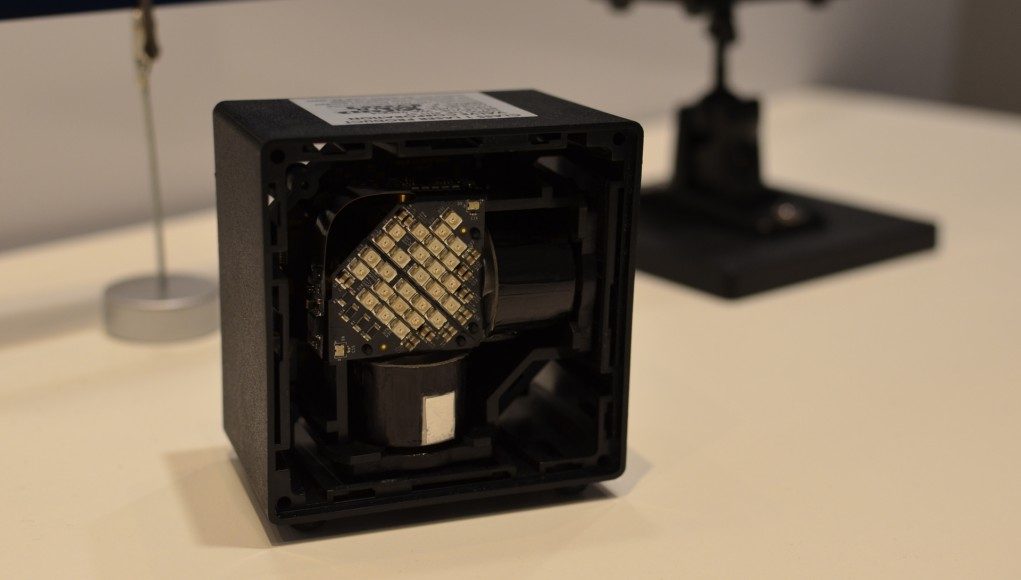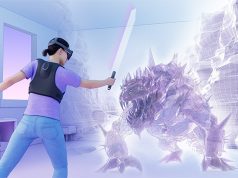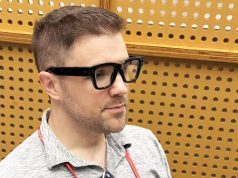Jack McCauley worked as VP of Engineering at Oculus, joining the company in the early days back in 2012. No longer with the company but continuing on with various engineering projects, McCauley is teasing some Lighthouse-like tracking technology that he says will be “great for VR and a step in the right direction.”
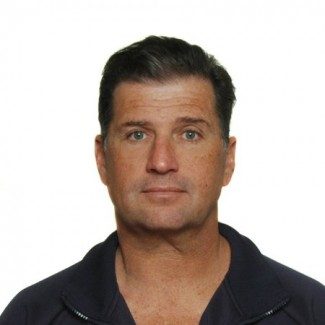
‘Lighthouse’ is the name given to Vavle’s tracking tech that the company devised for the HTC Vive headset. The namesake comes from the system’s basestations, which use spinning elements to sweep lasers across the room at high frequency. The HTC Vive headset itself is covered in sensors which detect the lasers. By carefully timing the laser sweeps across the headset’s array of sensors, accurate position and orientation can be calculated. Lighthouse is the key to Valve’s ‘room-scale’ approach to VR, which allows the headset and controllers to be tracked in a large area around which the user can walk.
See Also: Valve’s Lighthouse Base Station in Action, Inner Workings Explained
McCauley, who was instrumental in creating the Guitar Hero peripherals, teased recently that he’s created a “reversed” version of Lighthouse.
Well I’ve reversed #valve ‘s Lighthouse and ready to show the world how it works next month great for #VR and a step in the right direction
— mccauleylabs (@mccauleylabs) September 29, 2015
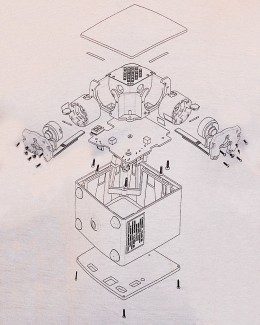
I got in touch with McCauley to see what else I could learn about the system that he’s working on. He told me it’s a “chip level version” of Lighthouse that’s “the size of a cell phone camera module.” Furthermore, he said that the system will be able to “scan at 500Hz”.
That last bit could give McCauley’s system a leg up over Valve’s Lighthouse, which is said to track at 100Hz, though it isn’t clear whether if he is specifying the end-to-end tracking capability or simply the scanning rate of a particular component of the system.
McCauley isn’t giving up much detail yet, but a “reverse Lighthouse” system may imply swapping the position of the basestations with the receiving sensors. That would mean emitting lasers from the object to be tracked with receivers on the basestations instead. If this is the case, the potential benefits are not yet clear to me. However, he seems to be emphasizing a system of reduced size and cost compared to Lighthouse.
McCauley points to a paper, ‘A Flat High-frequency Scanning Micromirror‘ (Robert A. Conant et al) as a “good primer.” While Lighthouse uses spinning elements for laser sweeps, it seems he might be interested in using ‘voice coils’ to achieve faster sweeps.
From his tweets, it sounds as if McCauley is producing a paper on his system, and says he’ll be talking more about it on the 8th.

